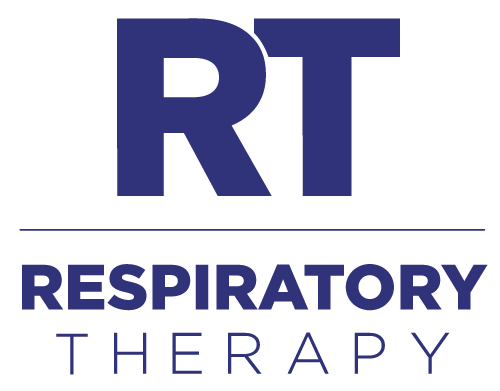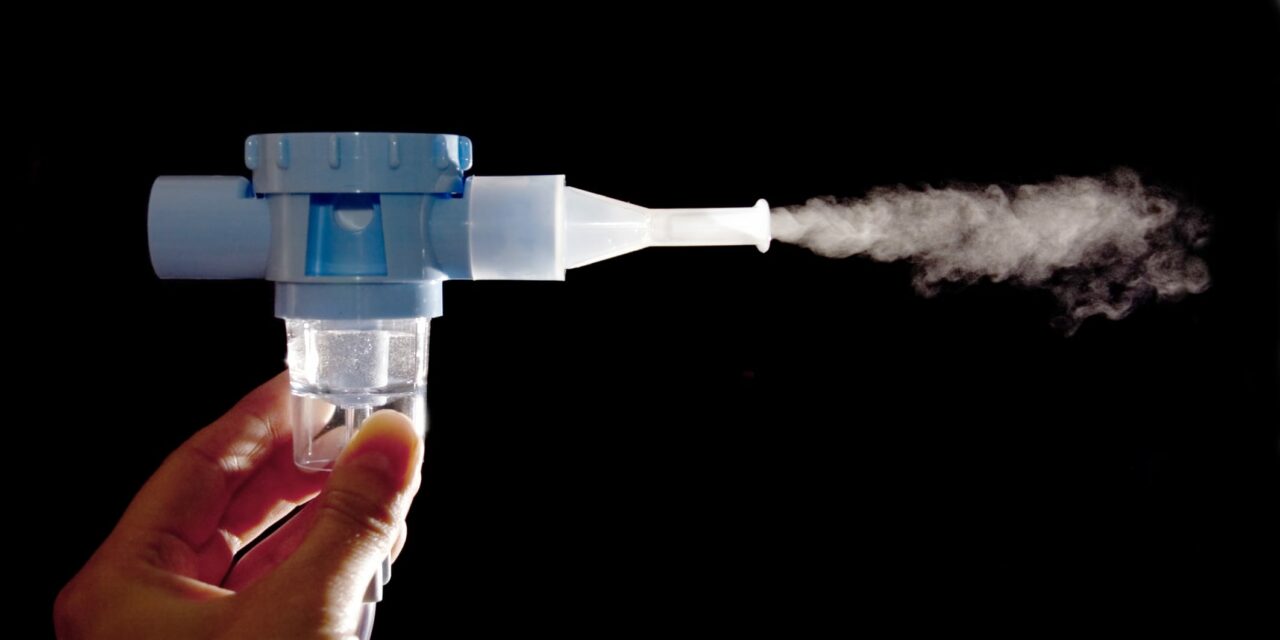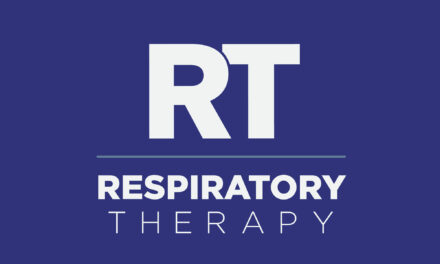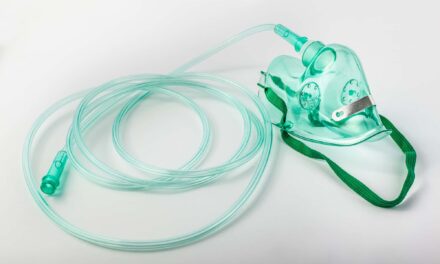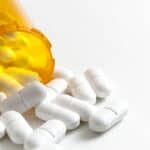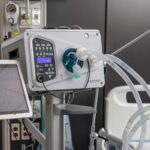The COPD Foundation Nebulizer Consortium’s statement provides recommendations for preventing the spread of respiratory illnesses in healthcare settings and home environments.
RT’s Three Key Takeaways:
- The COPD Foundation Nebulizer Consortium has released guidance aimed at ensuring the safe use of nebulized therapies in both healthcare settings and home environments.
- This guidance addresses the need for strict safety protocols to minimize the risk of transmitting respiratory pathogens among patients, caregivers, and healthcare providers.
- The recommendations were formulated following a literature review involving 86 articles published from 2000 to 2022. These guidelines are intended as a starting point for safe delivery of nebulized therapies, with an emphasis on further research needed to assess the risk of disease transmission and to evaluate the effectiveness of these risk mitigation strategies.
The COPD Foundation Nebulizer Consortium (CNC) has released a new guidance statement on the safe use of nebulized therapies in health care settings and home environments.
The guidance was published in CHEST.
Nebulizers, commonly used to deliver inhaled medications to people with respiratory illnesses, are especially important to individuals who may not receive the full benefit of medication delivered by handheld inhalers.
There is currently a lack of evidence on the safe use of nebulizer therapies and the increased risk of transmitting disease, particularly in the current COVID-19 environment. The CNC’s goal is to understand infection risks that may be associated with nebulizer therapy use so that guidelines are developed to ensure the safety of people receiving nebulizer therapy, as well as those around them.
“In light of the COVID-19 pandemic, it is increasingly important to establish guidelines for the safe use of nebulizer therapies, which are vital to people with COPD and other respiratory illnesses,” says Isaac N. Biney, MD, a pulmonologist at the University of Tennessee Medical Center and the lead author of the guideline, in a release. “These recommendations address the safe use of these therapies while helping to minimize the risk of exposure to respiratory pathogens for patients, caregivers, and health care providers.”
Since nebulizer use varies based on setting, the CNC’s guideline is divided into two sets: recommendations for health care settings and recommendations for home environments.
Recommendations for Healthcare Settings
Twelve recommendations were made for healthcare settings:
- While administering nebulizer therapy to patients with respiratory infections, health care workers should wear a mask, preferably an N95 respirator.
- A mouthpiece with an attached filter should be the preferred interface if the patient can use it effectively.
- Aseptic techniques should be adhered to during the medication loading process.
- Patients should be instructed to exhale through the mouthpiece and not to remove the interface while the nebulizer is still running.
- A proprietary filter should be attached to the expiratory limb of the ventilator circuit to capture exhaled aerosol.
- Face masks with exhalation filters or scavenger systems are an alternative if a mouthpiece is not appropriate.
- In a patient receiving mechanical ventilation, a valved T adapter should be used to connect a jet nebulizer in the circuit so as to avoid depressurizing the circuit during the medication loading process.
- For patients receiving noninvasive ventilation, a mask with a good seal and an expiratory filter placed on the expiratory port of the circuit should be used. Vented masks should be avoided.
- Disposable jet nebulizers are preferred over reusable jet nebulizers.
- For a patient undergoing nebulized therapy, the use of negative-pressure rooms, disposing of used equipment after use, and maintaining an appropriate distance from the patient are important considerations.
- A T piece with an expiratory filter is preferred for spontaneously breathing patients who have undergone tracheostomy
- Patients receiving nebulized medication by high-flow nasal cannula should wear a surgical face mask over the mouth and nose.
Recommendations for the Home Environment
Six recommendations were made for the home environment:
- Strictly adhere to the manufacturer’s guidelines for cleaning and disinfecting the device.
- Adhere to aseptic principles during the medication loading process.
- Treatments should be administered either in an area where the air is not recirculated into the house or near an open window.
- In general, continuous jet nebulizers should be used and in a separate room with no other people present, if possible.
- A mouthpiece is preferred over a face mask. Face masks with exhalation filters may be used.
- Air purifiers may be used and should be placed in a favorable location.
“These guidelines are a starting point for ensuring safe nebulized therapy delivery in situations where it is clinically indicated,” says Biney in a release. “Future research is needed on the risk of disease transmission based on specific treatment situations and different nebulizer types, as well as to evaluate the effectiveness of risk mitigation strategies.”
The recommendations were developed based on a literature review of 86 relevant articles from global literature and existing guidelines on nebulization, published from 2000 to 2022.
Photo 7821785 © Martine De Graaf | Dreamstime.com
